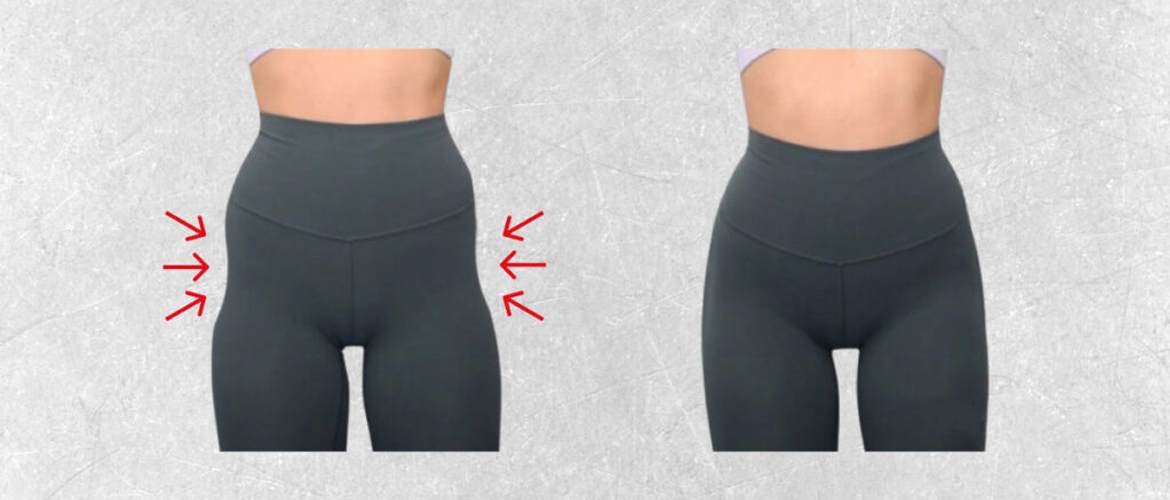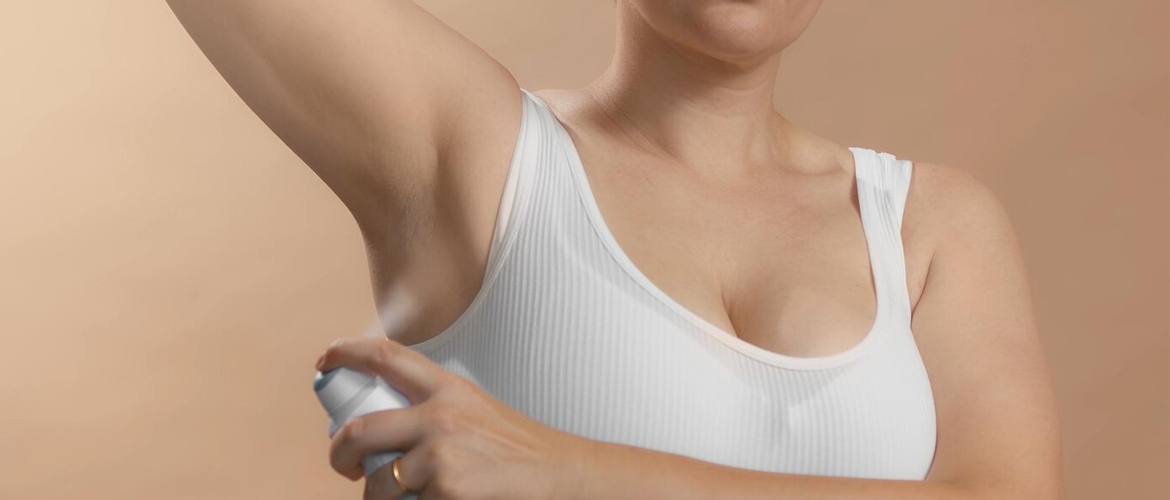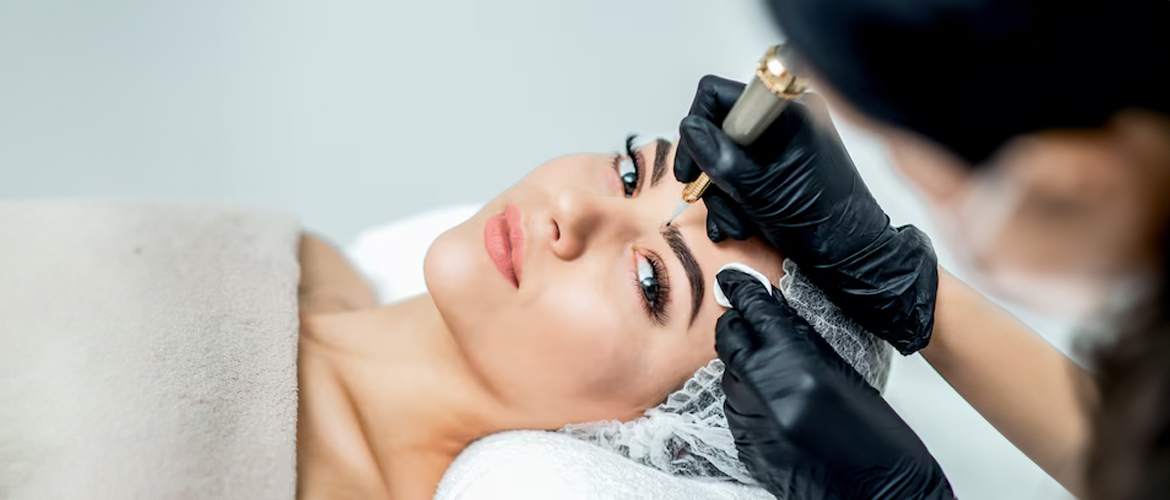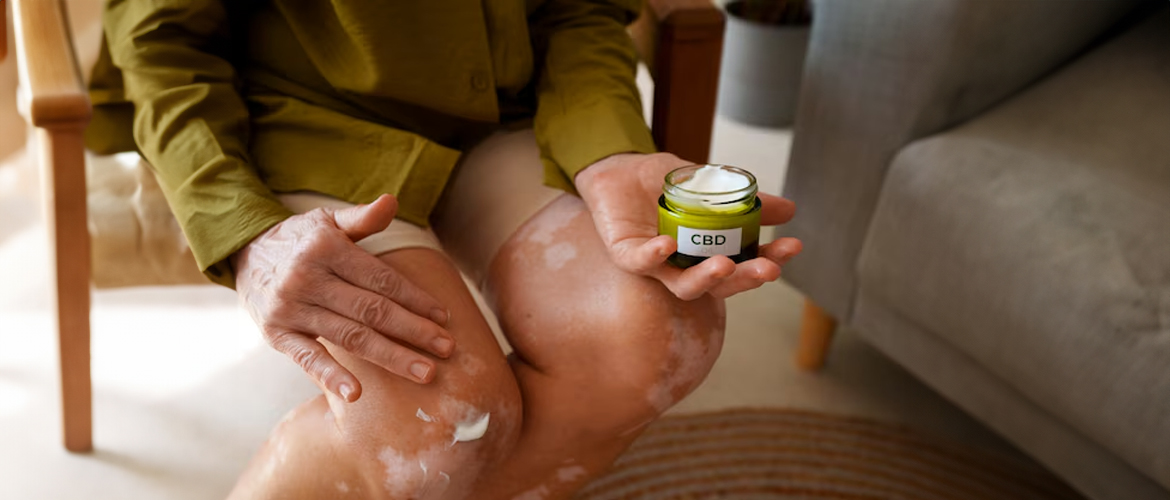Hey there, gorgeous! Let's talk about something that's been bugging many of us: hip dips. They are also known as "violin hips," and are more common than you might think. According to recent global statistics, approximately 30% of women have visible hip dips, with numbers varying across regions and body types. This statistic has remained relatively consistent over the past five years, highlighting its natural and widespread occurrence. This blog covers almost everything you need to know about violin hips.
What Are Hip Dips?
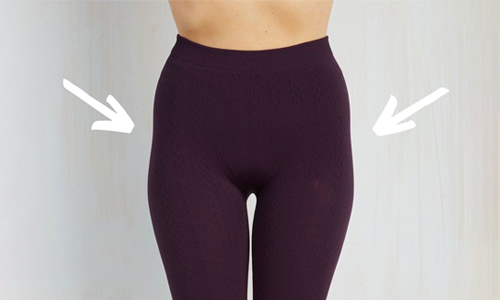
These are the inward curves found just below the hip bone on each side which occur naturally due to your skeletal structure, the distribution of muscle and fat in the body, and the shape of your pelvis. Genetics also play a significant role, meaning some people naturally have more pronounced dips than others. They are not a sign of being unhealthy or overweight; they are simply a part of your body's structure. This means that having hip dips is just a unique part of who you are!
Are Hip Dips Normal?
Yes, hip dips are completely normal They're like beauty marks for your hips – a unique part of what makes you, you. So, why do you even care about them? Society, is that right? Now, I know what you’re thinking: "But I want to tone my hips!" And that’s okay! Building muscle can help define your shape and boost your confidence. Let’s talk about some exercises that can help you strengthen your glutes and legs without obsessing over those hip dips.
How to Get Rid of Hip Dips Naturally?
While you can't eliminate hip dips due to their basis in bone structure, you can minimize their appearance through targeted exercises that build muscle around the hips and thighs. Here we’ll see some of them that you can try at home.
1. Side Leg Raises

Steps:
- Lie on your side with your legs stacked.
- Raise your top leg towards the ceiling, keeping it straight.
- Lower it back down with control.
Duration: 3 sets of 15-20 repetitions on each side.
2. Curtsy Lunges
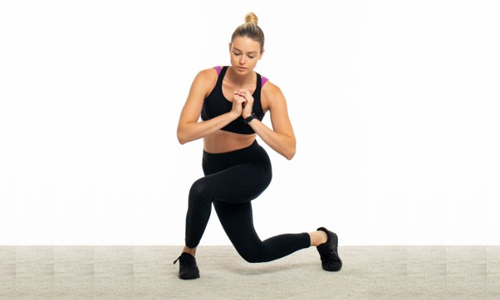
Steps:
- Stand with feet hip-width apart.
- Step one leg behind and across your other leg, lowering your hips into a lunge.
- Return to the starting position and switch legs.
Duration: 3 sets of 15 repetitions on each side.
3. Glute Bridges
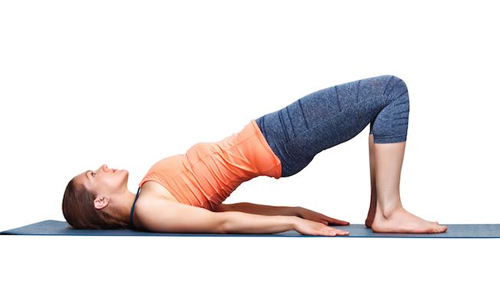
Steps:
- Lie on your back with your knees bent and feet flat on the floor.
- Lift your hips towards the ceiling, squeezing your glutes at the top.
- Lower back down with control.
Duration: 3 sets of 20 repetitions.
4. Squats

Steps:
- Stand with feet shoulder-width apart.
- Lower your body as if you're sitting back in a chair, keeping your chest up and knees over your toes.
- Return to the starting position.
Duration: 3 sets of 15 repetitions.
Cosmetic Procedures for Hip Dips
Are you the one who seeking immediate or dramatic results? Don’t worry, cosmetic procedures are available. These procedures aim to create a smoother, more contoured look by adding volume to the indentation areas. The most common procedures include fat grafting and dermal fillers.
1. Fat Grafting (Fat Transfer)
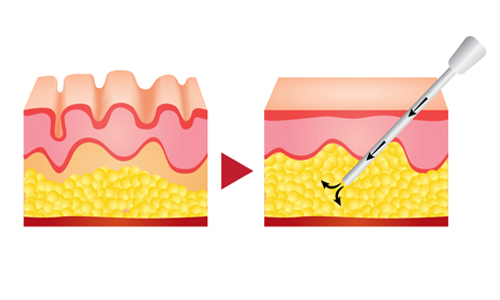
Fat grafting, also known as fat transfer or lipofilling, involves harvesting fat from one part of your body (usually the abdomen, thighs, or flanks) and injecting it into the dipped area.
Procedure Steps:
- Harvesting Fat: The surgeon performs liposuction to remove fat from a donor site on your body. This is typically done under local or general anesthesia.
- Processing Fat: The extracted fat is purified to separate the healthy fat cells from other fluids and debris.
- Injecting Fat: The purified fat is carefully injected into the dips in multiple layers to ensure even distribution and a smooth contour.
Recovery:
- Initial swelling and bruising are common and can last for a few weeks.
- Most patients can return to light activities within a week and resume normal activities within a few weeks.
- Final results are usually visible after a few months once the swelling subsides and the fat has settled.
Longevity:
- Fat grafting results can last several years. However, some of the transferred fat may be reabsorbed by the body over time, which might necessitate additional treatments.
2. Dermal Fillers
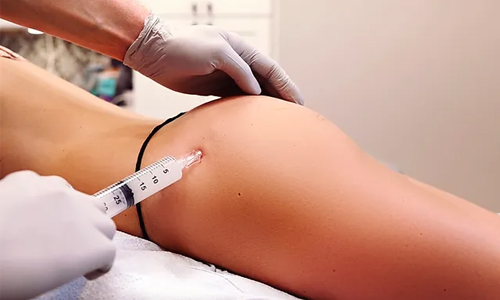
Dermal fillers involve the injection of synthetic or natural substances to add volume to the dipped area. Common fillers used for this purpose include hyaluronic acid-based fillers.
Procedure Steps:
- Preparation: The treatment area is cleaned, and a local anesthetic may be applied to minimize discomfort.
- Injection: The filler is injected into the dipped area using a fine needle or cannula. The number of injections and the amount of filler used depend on the severity of the dips and the desired outcome.
- Shaping: The surgeon may massage the area to ensure the filler is evenly distributed and to achieve the desired contour.
Recovery:
- Minimal downtime is associated with dermal fillers, and most patients can return to their normal activities immediately.
- Temporary side effects such as swelling, redness, and bruising may occur but typically resolve within a few days.
Longevity:
- Dermal filler results are temporary, usually lasting between 6 to 18 months, depending on the type of filler used and individual factors.
- Maintenance treatments are necessary to sustain the results.
Risks Associated with Hip Dips Treatment
While cosmetic procedures can offer significant improvements, they also carry risks and potential complications. Some of these include:
- As with any invasive procedure, there's a risk of infection at the injection or liposuction site.
- There's a possibility that the results may not be perfectly symmetrical.
- Fat grafting involves small incisions, which can leave minor scars.
- In fat grafting, some of the transferred fat may be reabsorbed by the body, affecting the longevity of results.
- Though rare, allergic reactions to dermal fillers can occur.
Celebrities Who Embrace Their Hip Dips

I want to add this to my blog because you no longer have to worry about it, as even celebrities like Demi Lovato, Ashley Graham, and Jenna Dewan have openly shown their hip dips, inspiring many women to embrace their natural bodies. Their message is clear: these dips do not define your beauty or worth. It’s not about perfection; it's about progress and feeling good in your skin. Remember, you're already fabulous! So, stay positive and work on loving your body from head to toe.
Takeaway
Hip dips are a natural part of your body, influenced by your unique skeletal structure. While you can minimize their appearance through targeted exercises, it's crucial to believe in yourself. Remember, confidence is the most beautiful thing a woman can wear. Let's focus on what truly makes us happy and healthy.
FAQ :
1. What are hip dips caused by?
Hip dips are caused by the shape of your pelvis and femur, as well as the distribution of muscle and fat in the hip area. They are a natural part of your body's structure.
2. How do you know if you have hip dips?
You can tell if you have hip dips by looking for a slight inward curve or indentation on the side of your hips, just below the hip bone and above the thigh.
3. Are hip dips fat or bone?
Hip dips are primarily caused by bone structure, specifically the shape of your pelvis. They are not due to fat and are a natural part of your body's anatomy.
4. Do hourglass have hip dips?
Yes, individuals with an hourglass figure can have hip dips. Hip dips are a result of bone structure and muscle distribution, and they can be present in any body shape.
5. Can hip dips go away?
Hip dips cannot completely go away as they are primarily due to bone structure. However, exercises that build muscle around the hips and thighs can help reduce their appearance.

